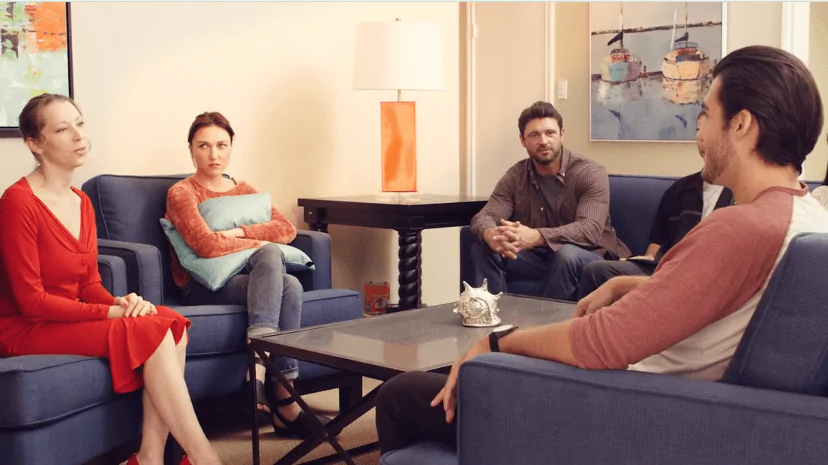24/7 Helpline:
(866) 899-221924/7 Helpline:
(866) 899-2219
Learn more about Cocaine Rehab centers in Bigfoot
Cocaine Rehab in Other Cities

Other Insurance Options

Ambetter

Amerigroup

EmblemHealth

United Health Care

Cigna

Holman Group

MHNNet Behavioral Health

CareSource

GEHA

ComPsych

Optum

WellPoint

Meritain

Sliding scale payment assistance

Covered California

State Farm

Aetna

Multiplan

Group Health Incorporated

BlueShield














